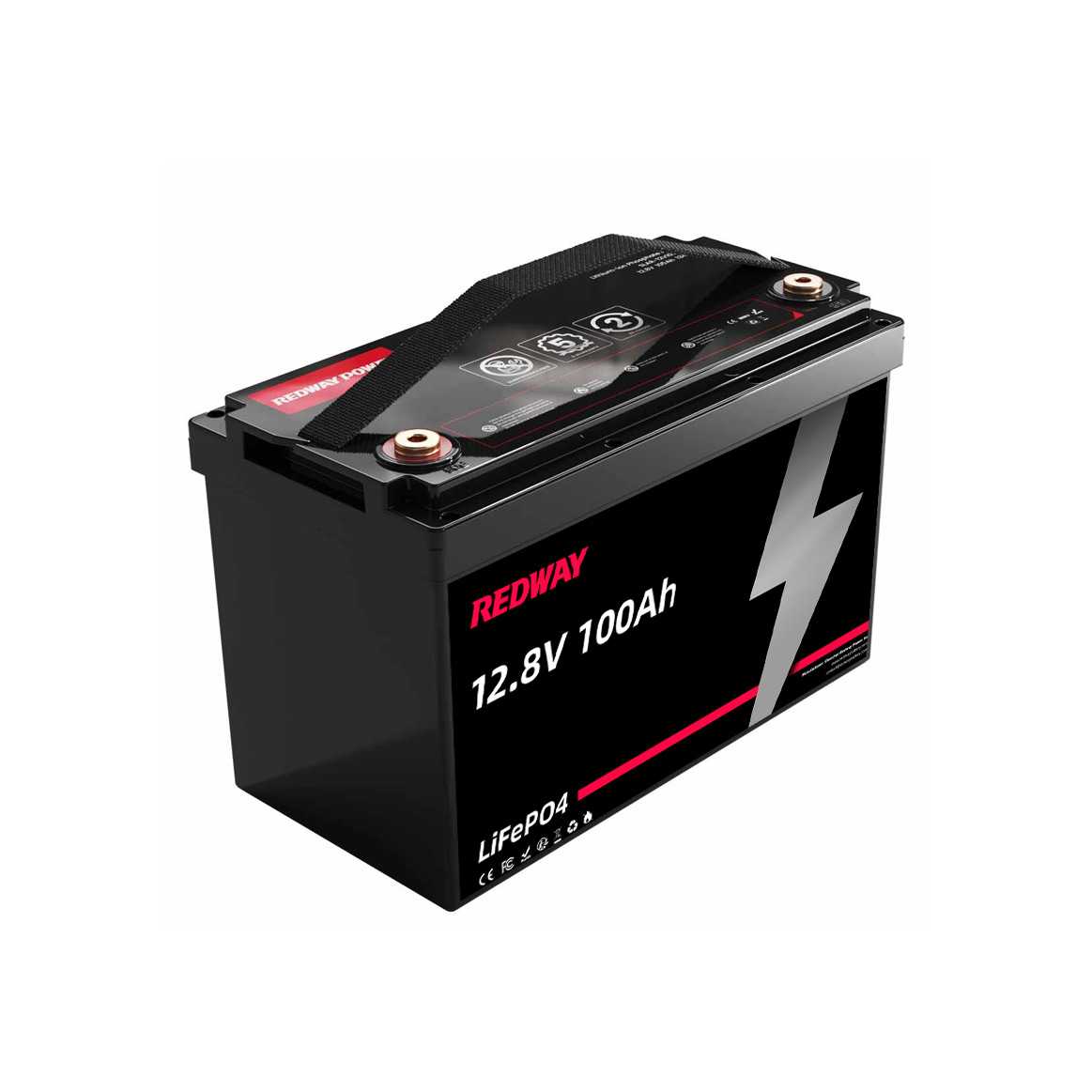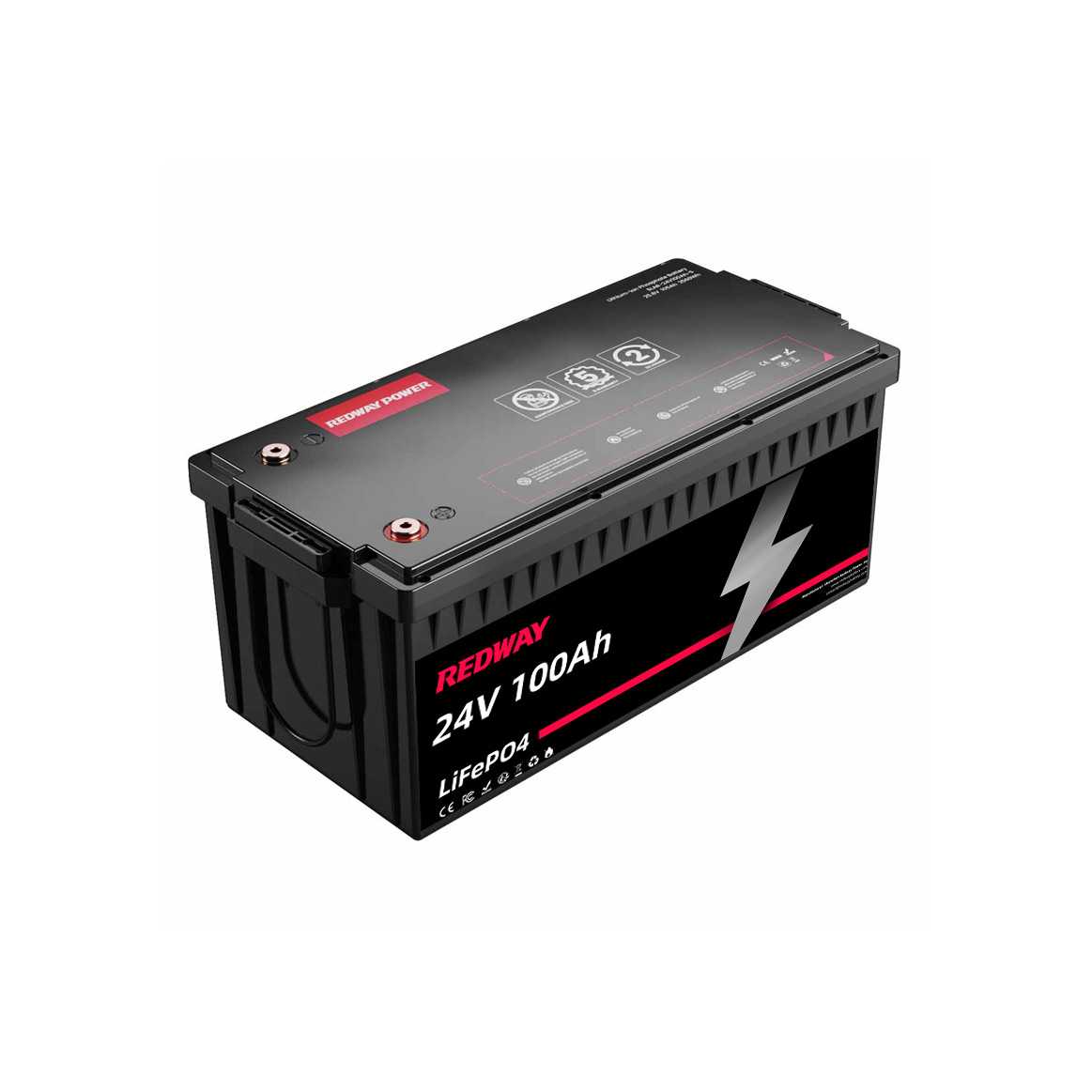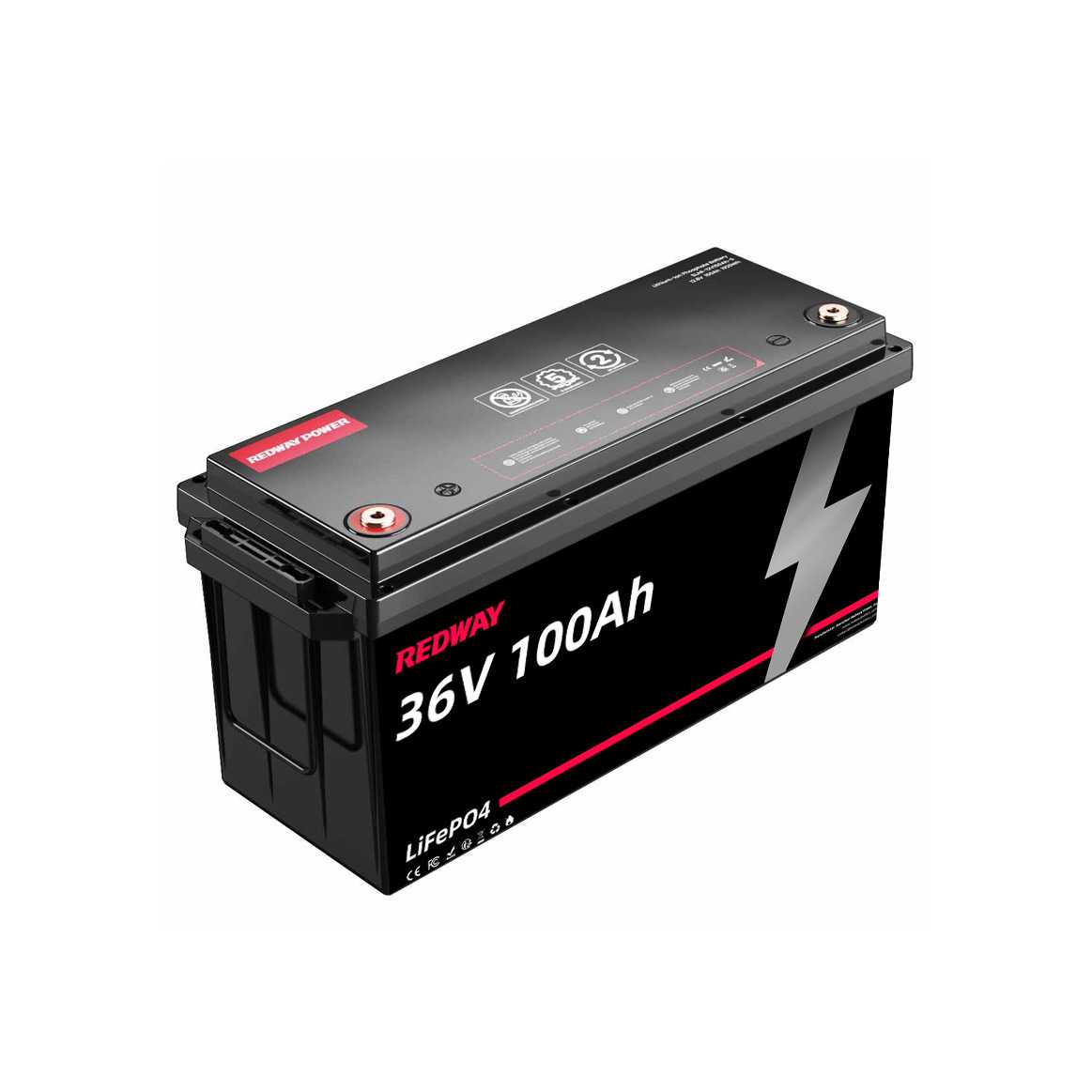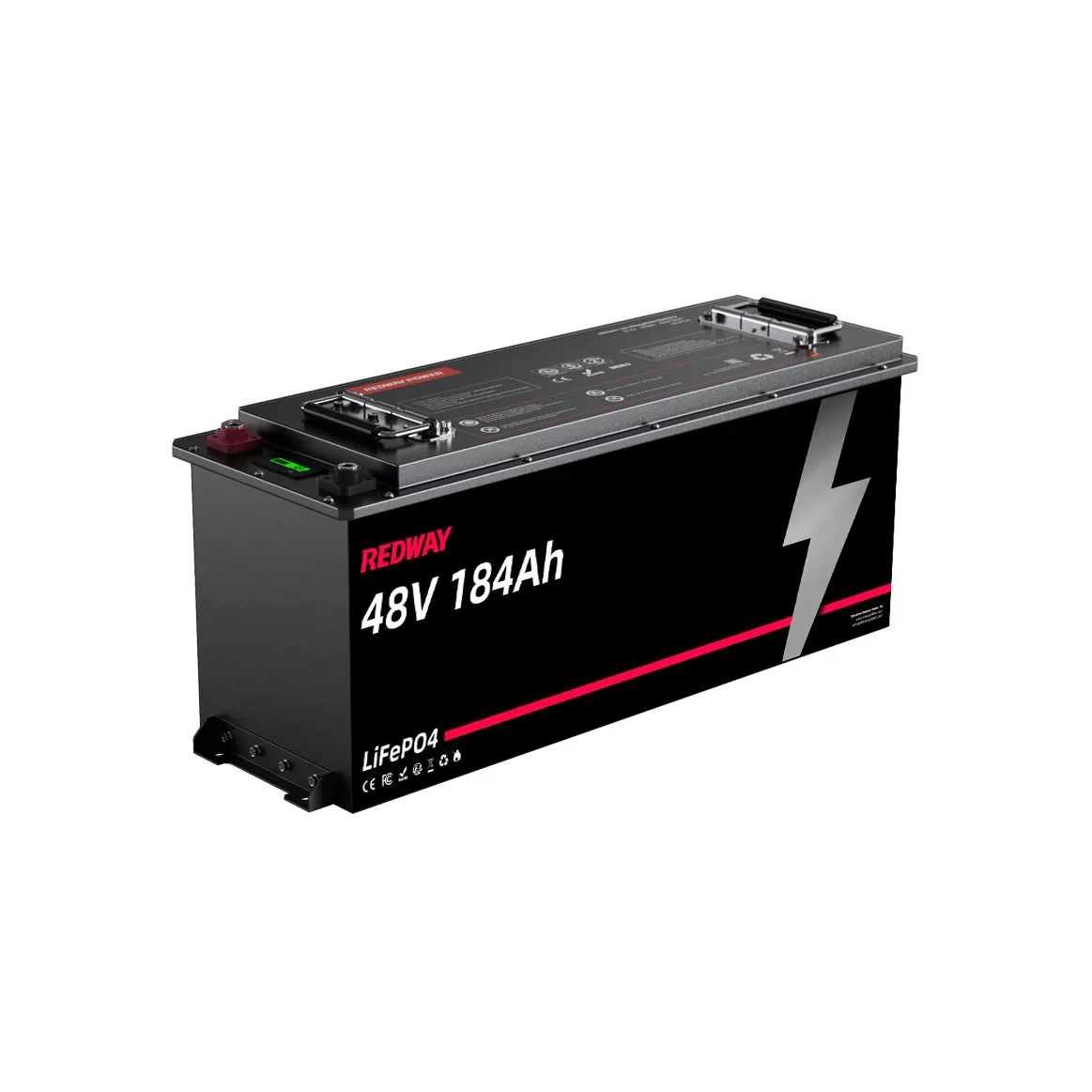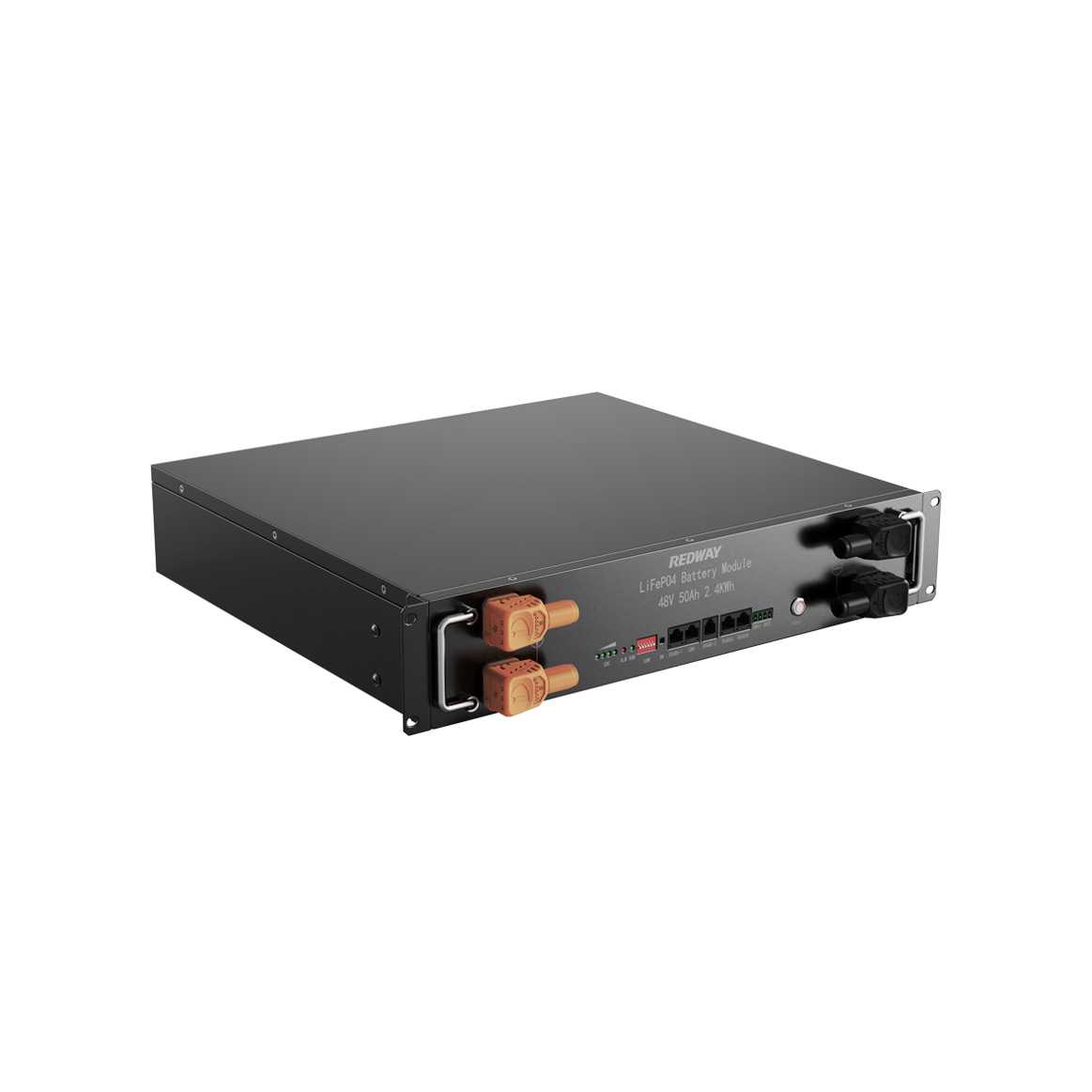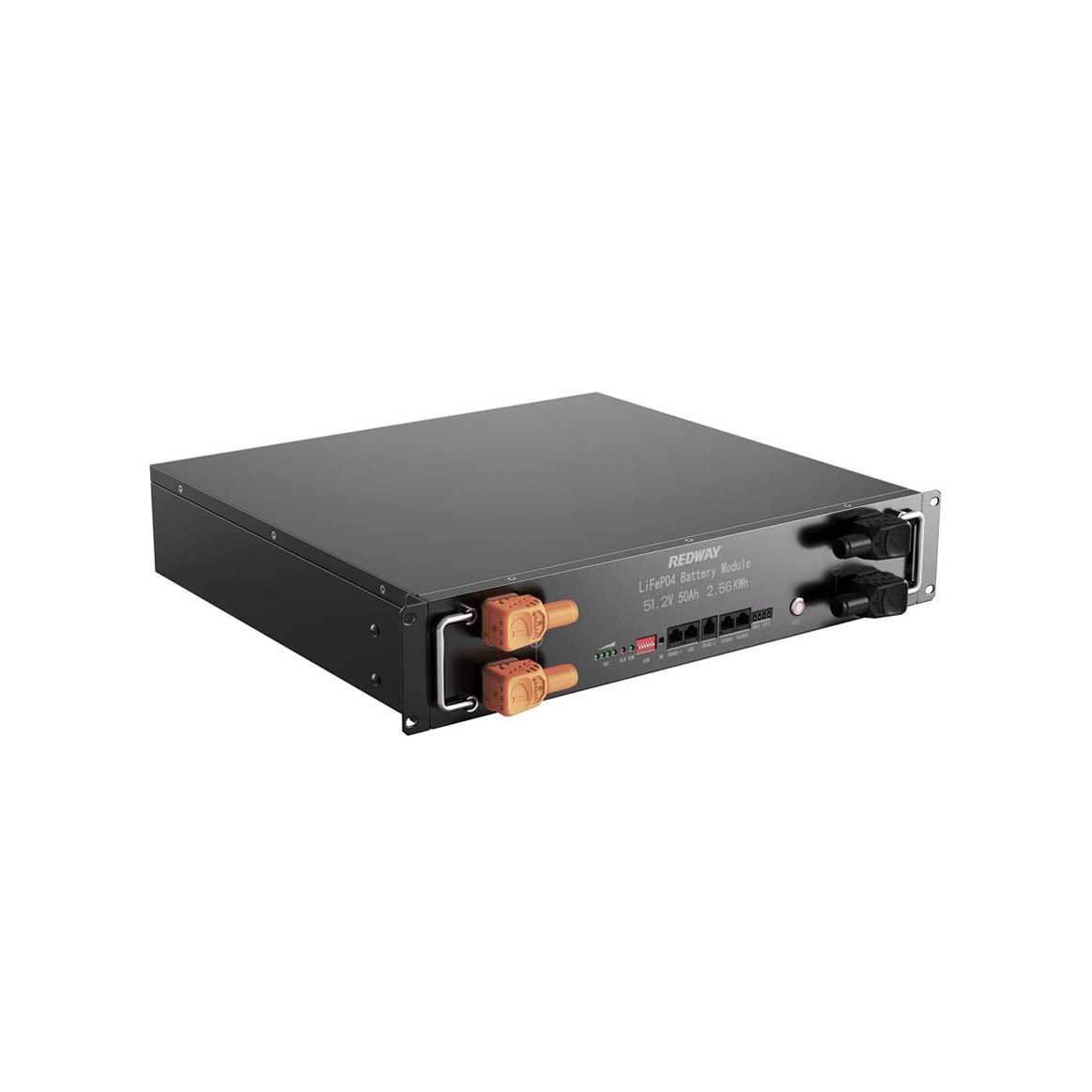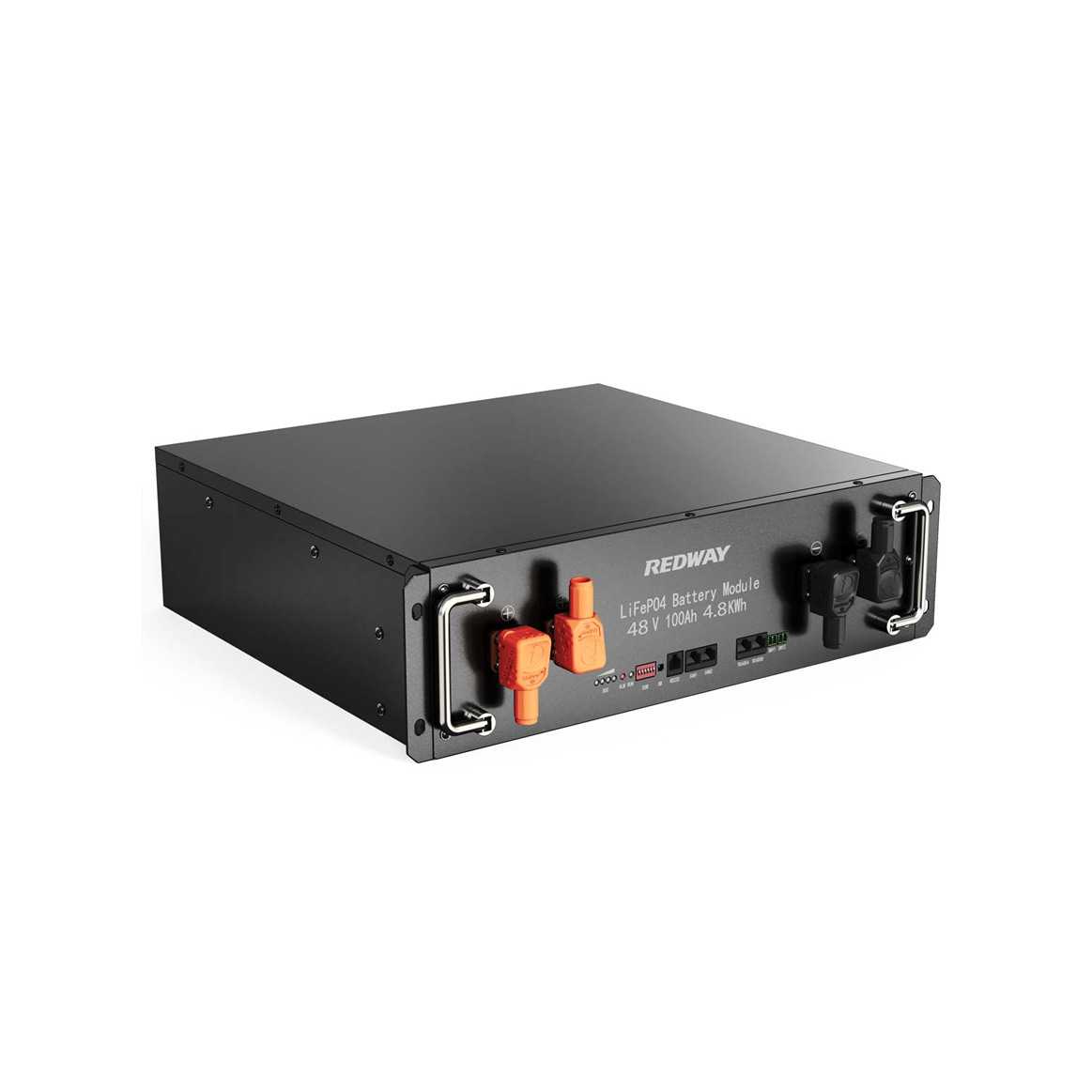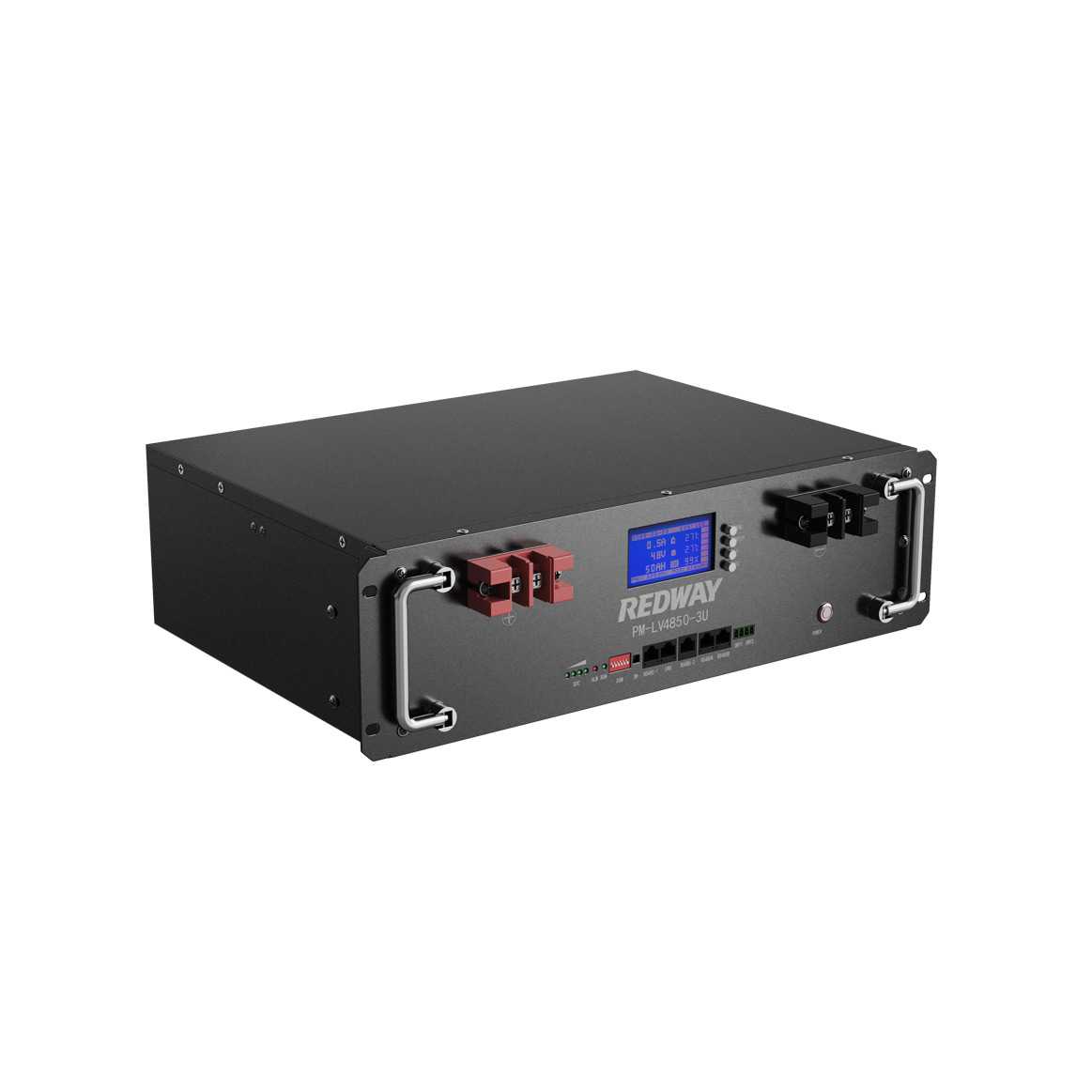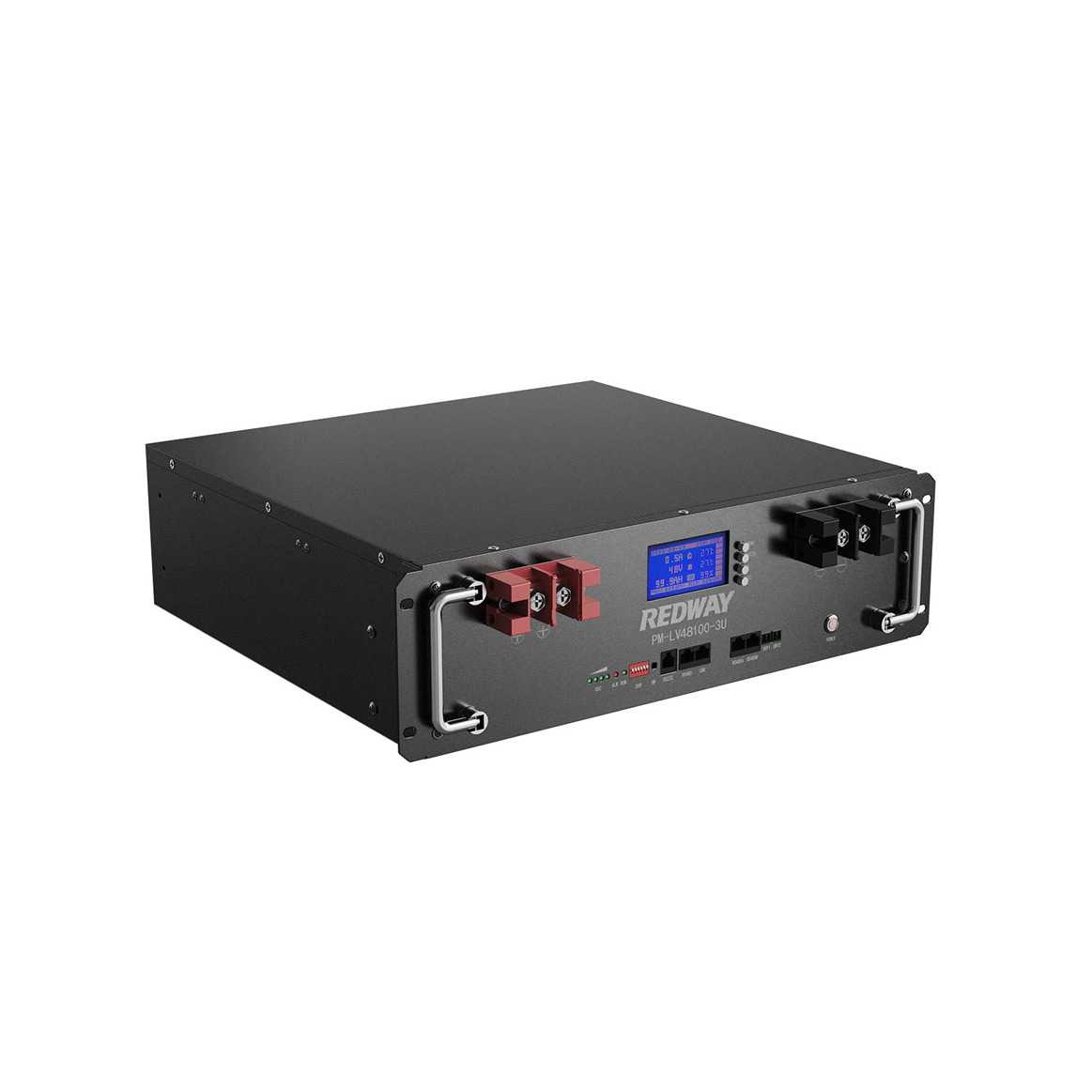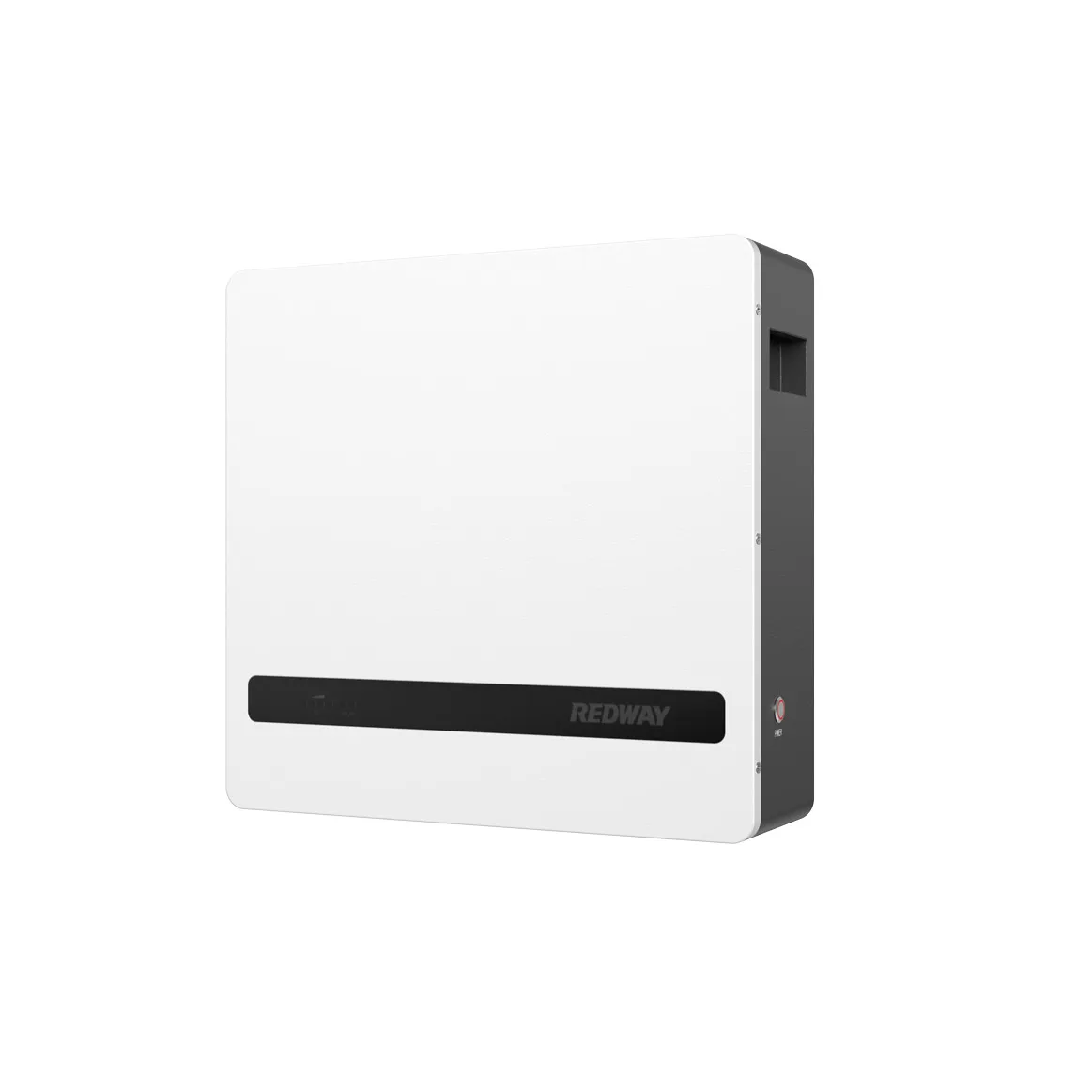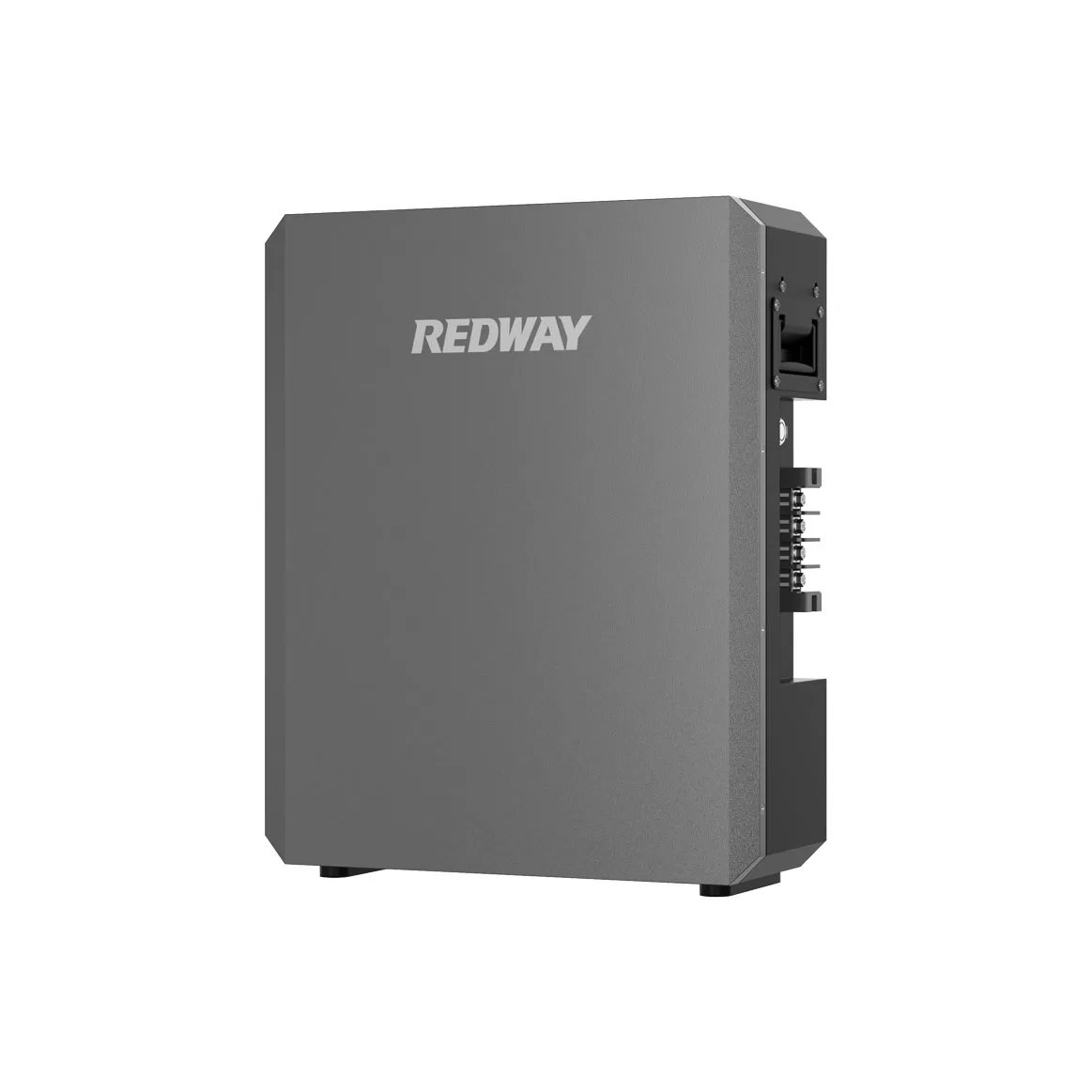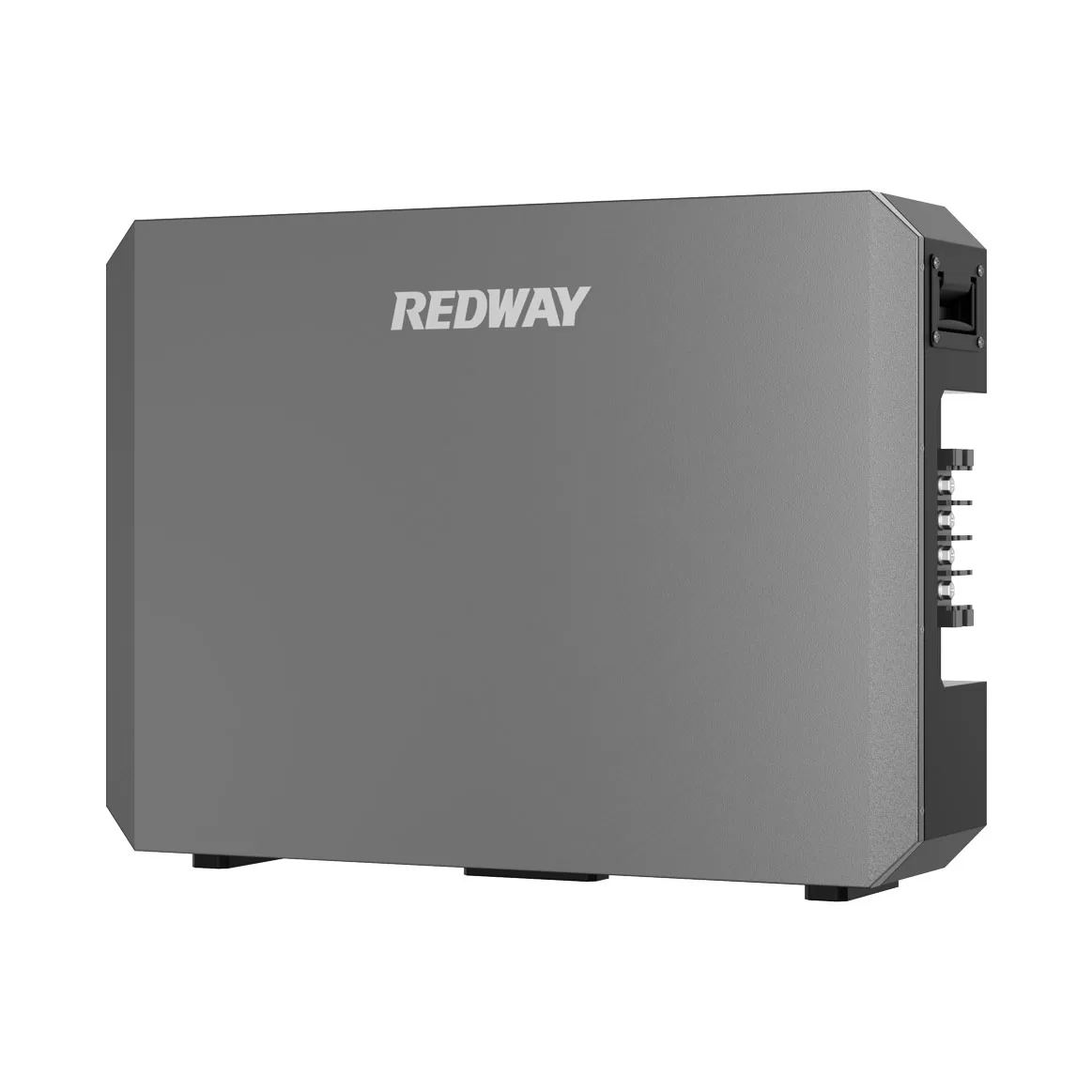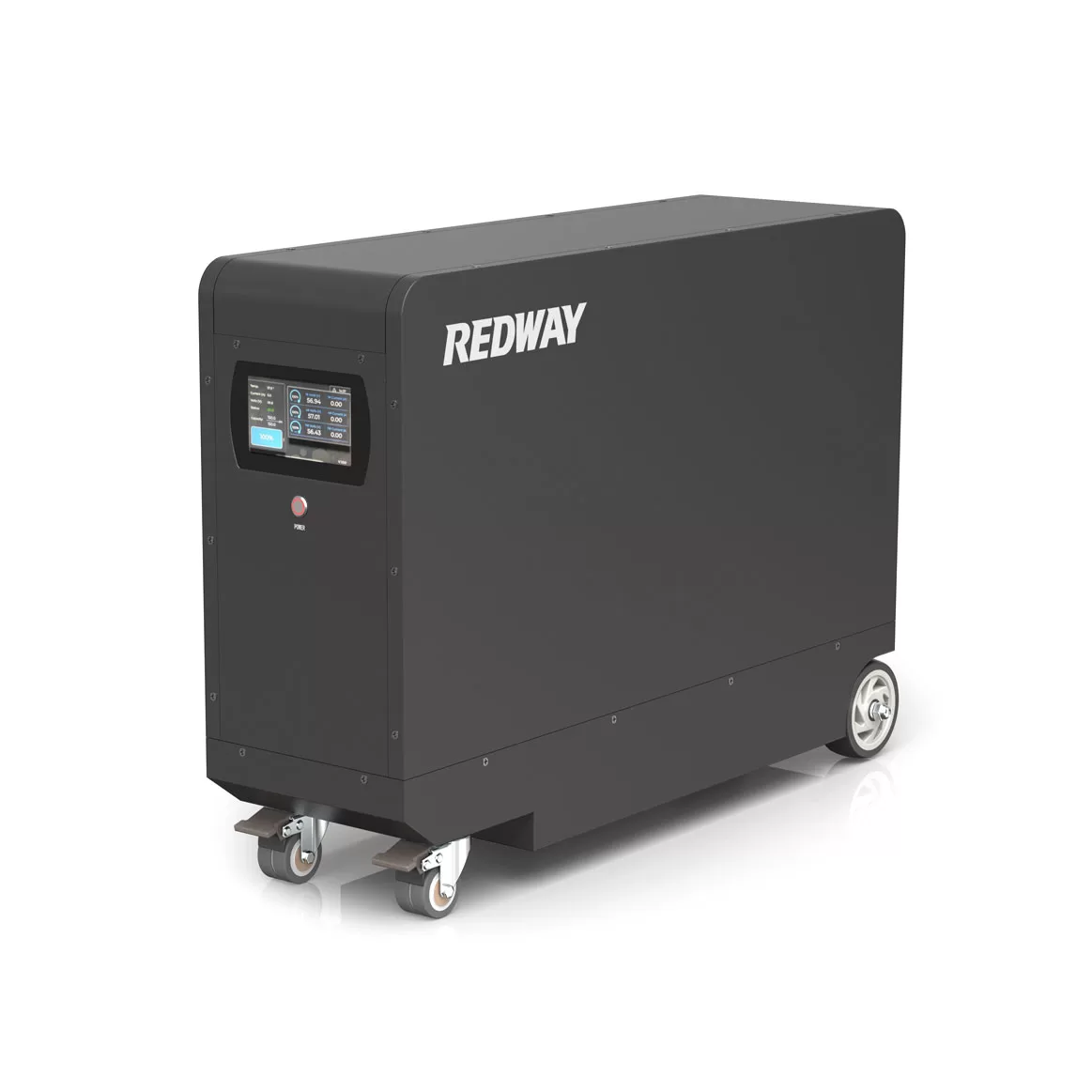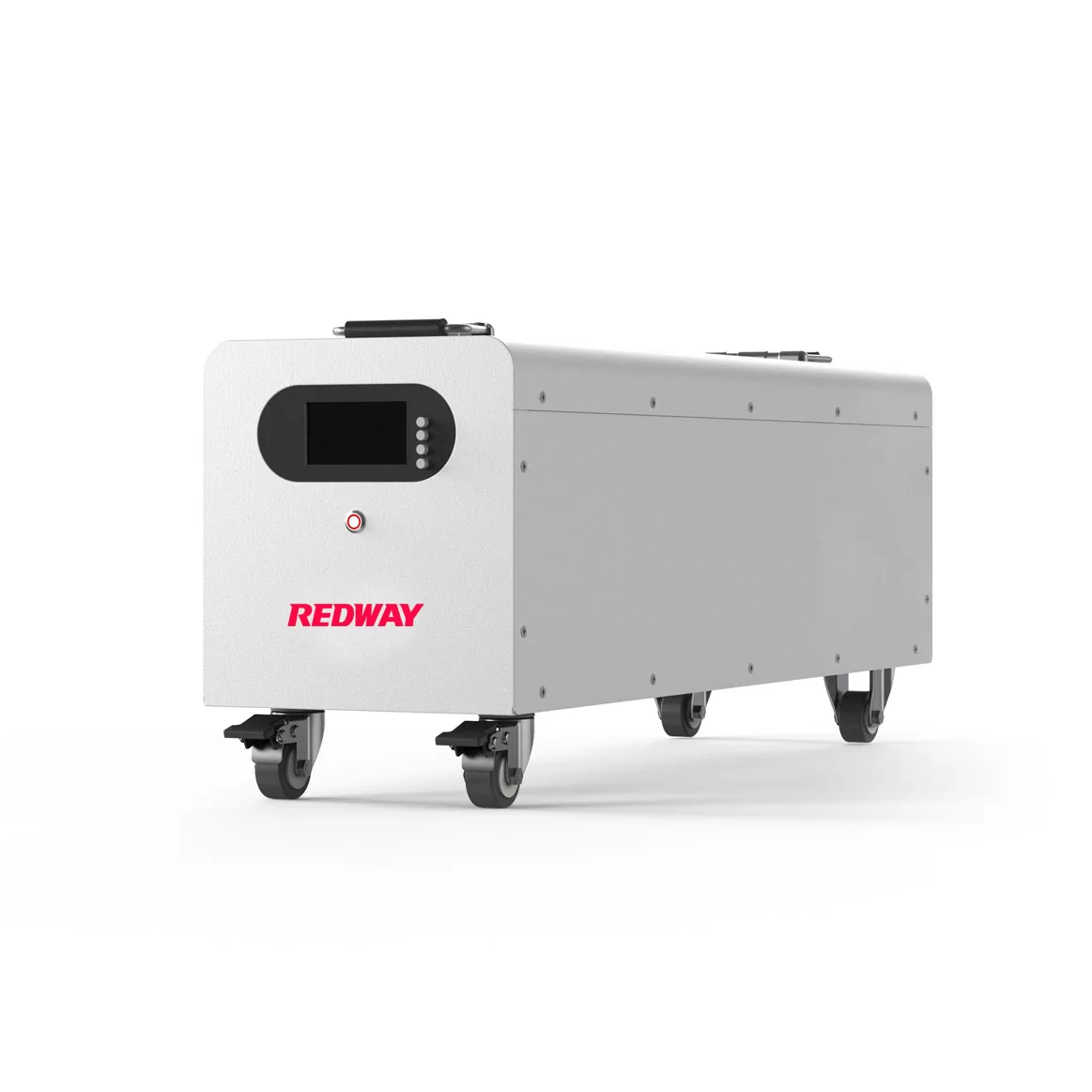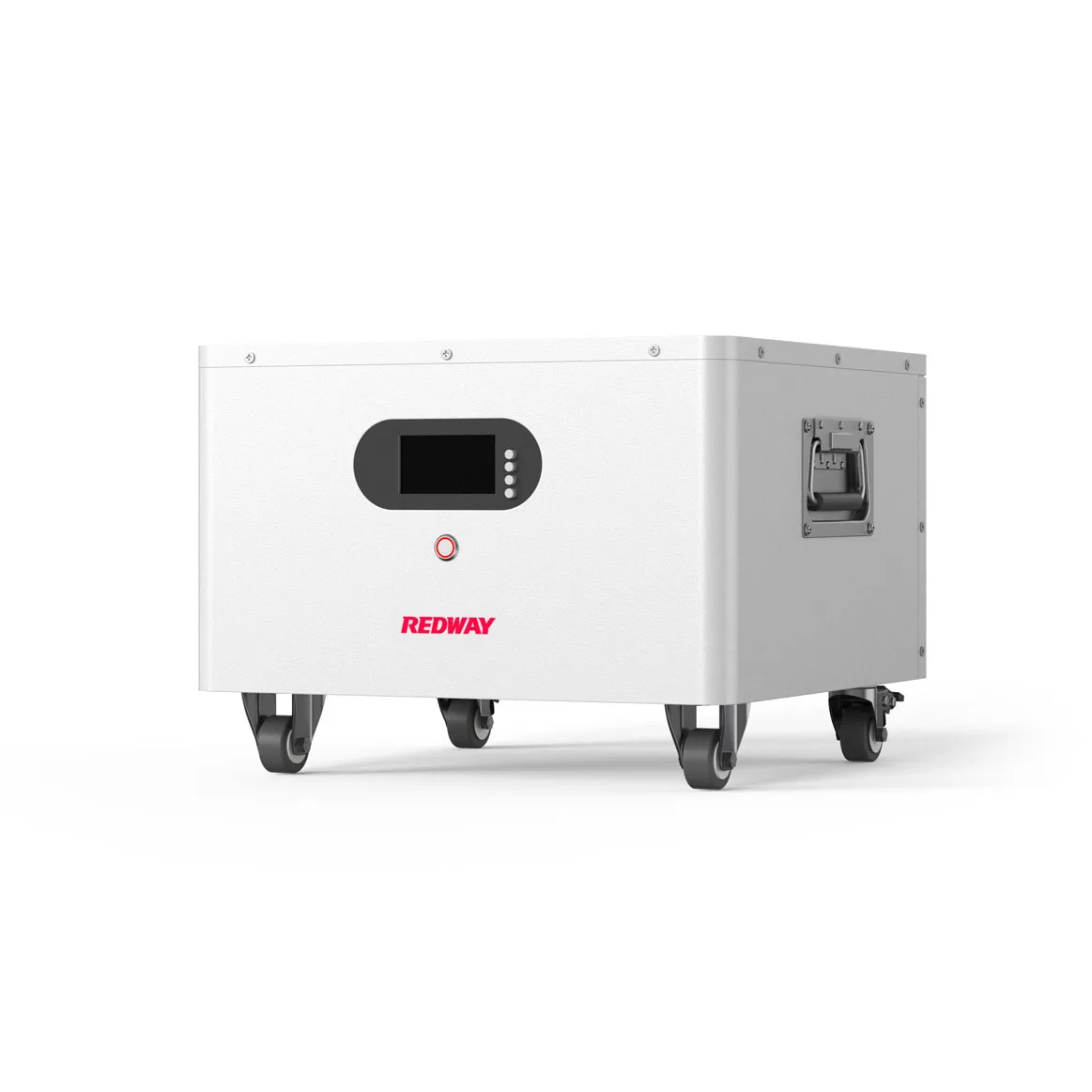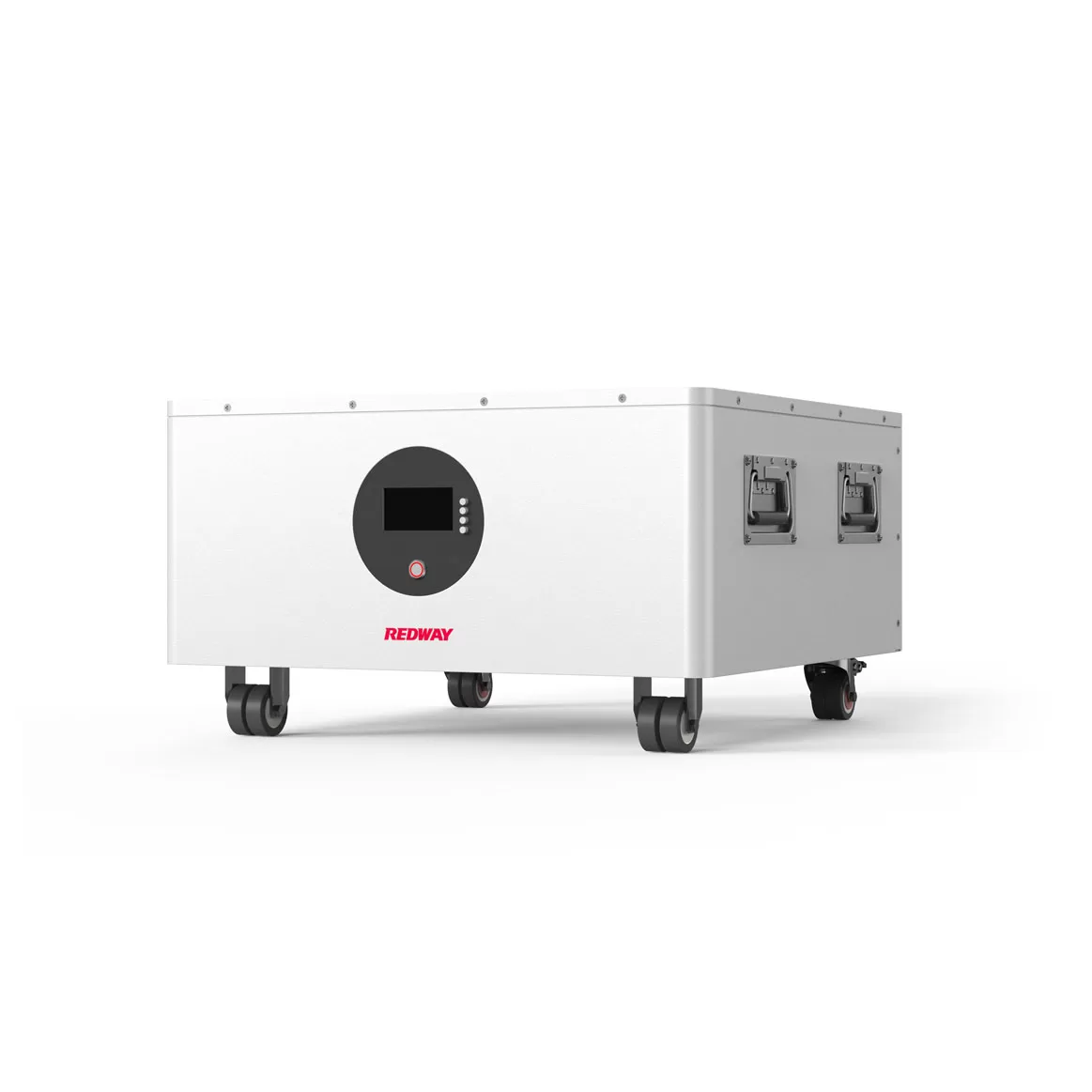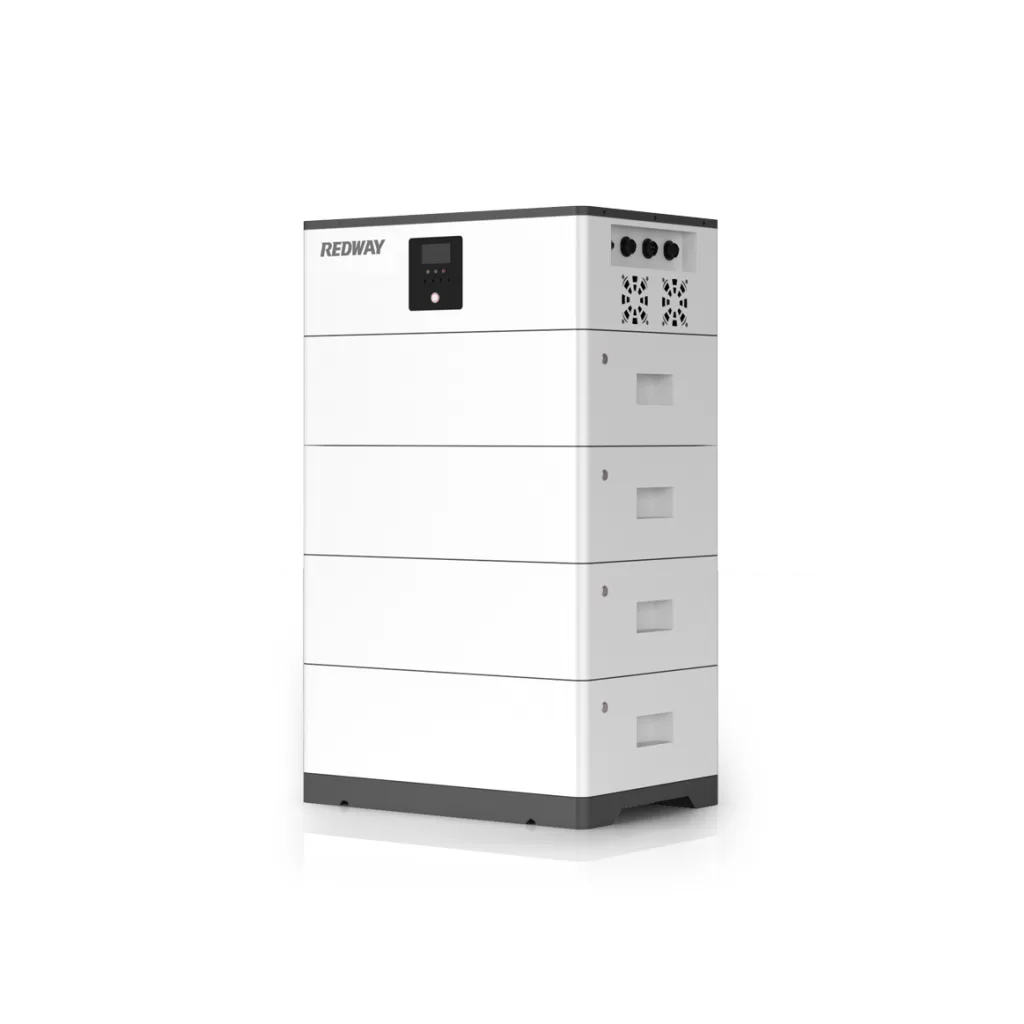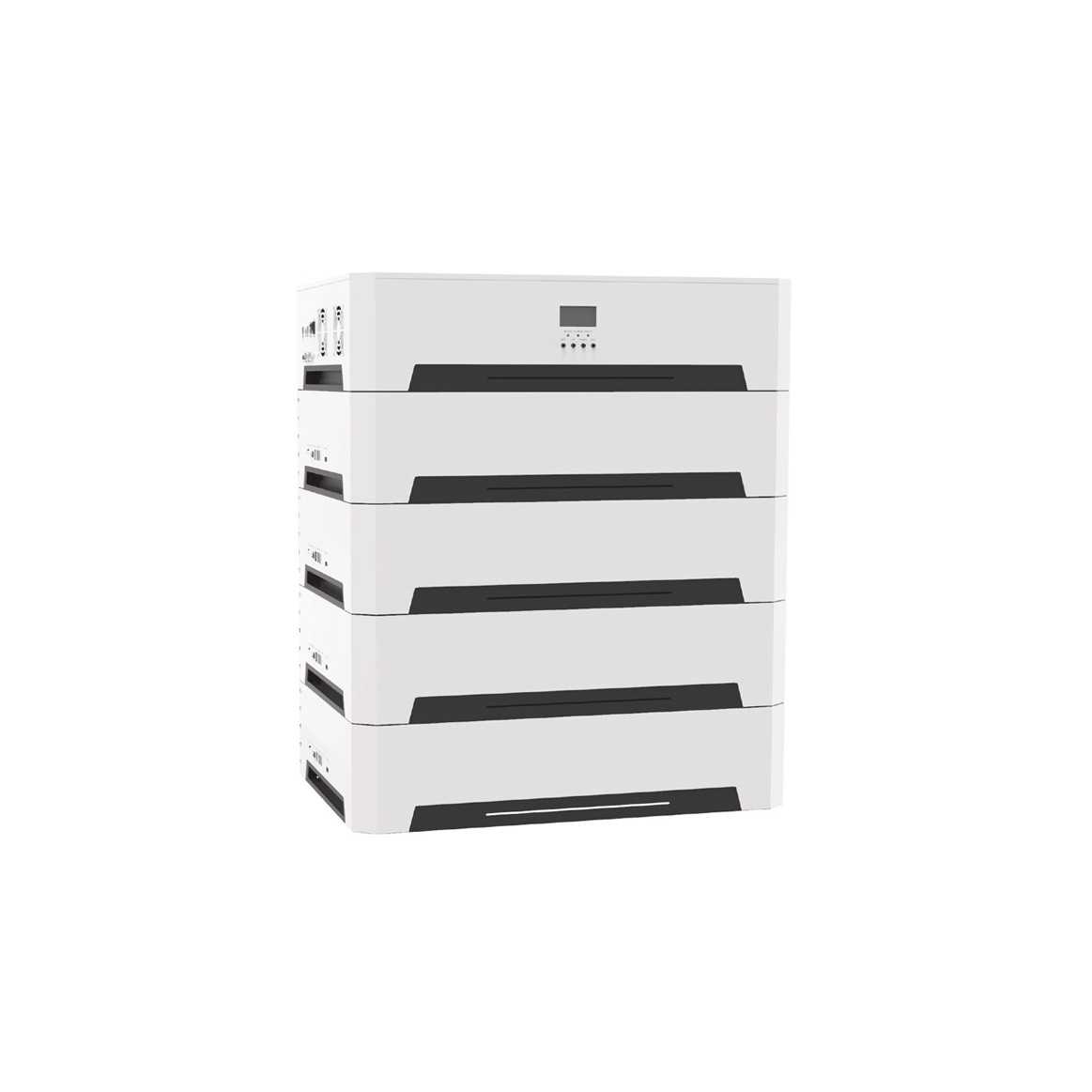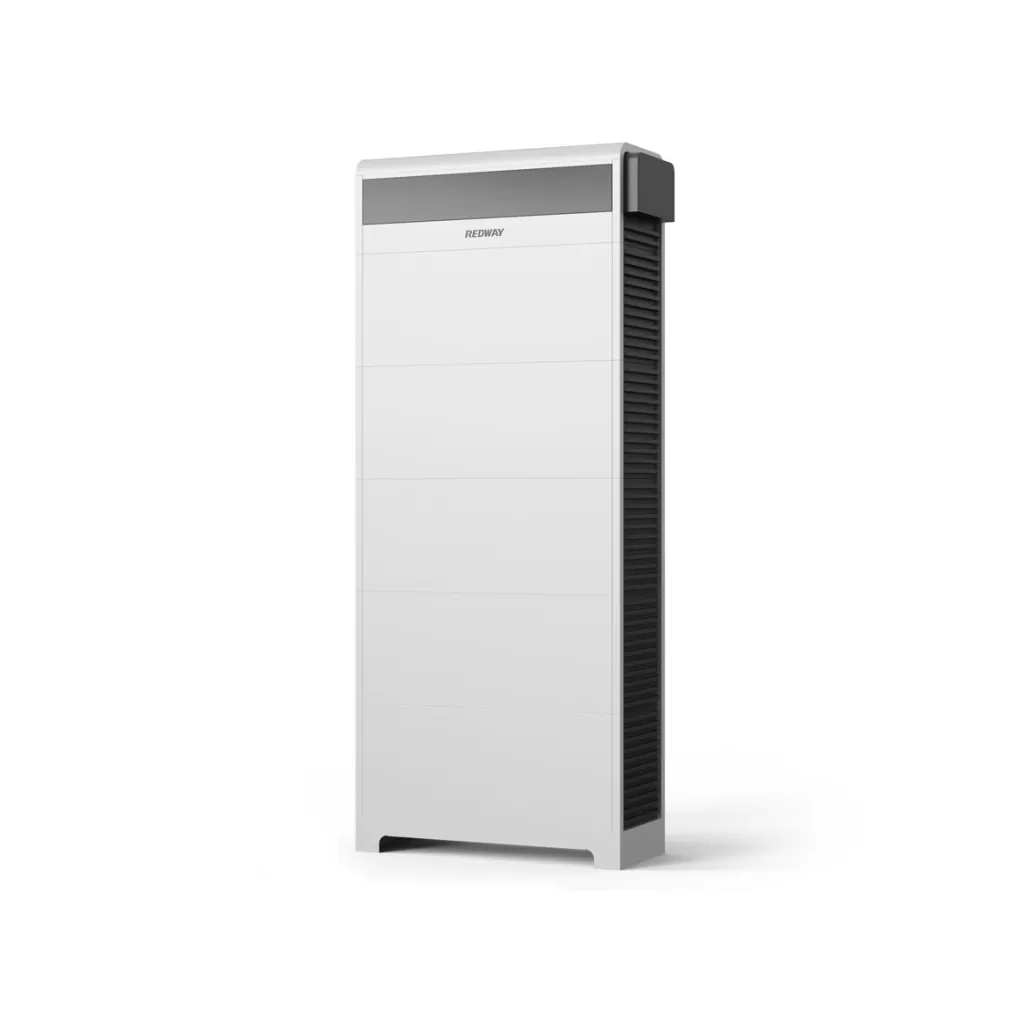في منشور المدونة هذا، نواجه التحدي المتمثل في تحديد مستوى شحن بطارية 12 فولت. بدءًا من فهم أساسياتها وحتى استكشاف طرق الاختبار، نقدم إرشادات شاملة. قل وداعًا للإحباط الناتج عن عدم معرفة حالة بطاريتك. استعد لتمكين نفسك بالمعرفة وإدارة شحن البطارية بثقة. دعنا نتعمق ونكشف اللغز معًا!
جدول المحتويات
فهم أساسيات بطارية 12 فولت
عندما يتعلق الأمر بفهم النظام الكهربائي لسيارتك، يعد فهم أساسيات بطارية 12 فولت أمرًا بالغ الأهمية، حيث تُستخدم هذه البطاريات بشكل شائع في المركبات وتوفر الطاقة اللازمة لبدء تشغيل المحرك وتشغيل المكونات الكهربائية المختلفة.
تتكون بطارية الرصاص الحمضية النموذجية 12 فولت من ست خلايا، تنتج كل منها حوالي 2.1 إلى 2.2 فولت عند شحنها بالكامل، بإجمالي 12.6 إلى 13.2 فولت تقريبًا .
من ناحية أخرى، تتكون بطارية ليثيوم فوسفات الحديد (LiFePO4) بقدرة 12 فولت عادةً من أربع خلايا، تنتج كل خلية حوالي 3.2 فولت ، بإجمالي 12.8 فولت تقريبًا عند شحنها بالكامل، لذلك يعتمد ذلك على نوع تكنولوجيا البطارية المستخدمة.
العوامل المؤثرة على شحن البطارية
إن فهم العوامل التي تؤثر على شحن بطارية 12 فولت هو المفتاح لإدارة أدائها بفعالية، وإليك ما تحتاج إلى معرفته:
- درجة الحرارة: يمكن أن يؤثر البرد أو الحرارة الشديدة على أداء البطارية، حيث تؤدي درجات الحرارة الباردة إلى إبطاء التفاعلات الكيميائية وتؤدي الحرارة إلى تسريع الأكسدة الداخلية وفقدان الماء، مما يؤدي إلى انخفاض خرج الجهد والسعة.
- أنماط الاستخدام: يمكن أن تؤدي متطلبات الطاقة العالية من تشغيل المحركات أو تشغيل الأجهزة، بالإضافة إلى ترك الأجهزة الإلكترونية متصلة أثناء إيقاف التشغيل، إلى استنزاف البطارية بسرعة.
- العمر: مع تقدم عمر البطاريات، تتضاءل قدرتها على الاحتفاظ بالشحن وتوصيله بشكل طبيعي، مما يؤدي إلى انخفاض مستويات الجهد حتى عند شحنها بالكامل.
- الصيانة: الصيانة غير السليمة، مثل إهمال تنظيف أطراف التوصيل وإزالة التآكل، يمكن أن تعيق التوصيل الكهربائي وتقلل من كفاءة الشحن.
- ممارسات التفريغ: قد يؤدي التفريغ المتكرر دون المستويات الموصى بها دون إعادة الشحن بشكل صحيح إلى إتلاف كيمياء البطارية بشكل دائم.
إن فهم هذه العوامل يمكّنك من الحفاظ على مستويات الشحن المثالية لبطاريات 12 فولت، مما يضمن أداءً موثوقًا وطول العمر.
طرق اختبار شحن بطارية الرصاص الحمضية
يتضمن اختبار شحن بطارية 12 فولت طرقًا مختلفة، لكل منها إيجابيات وسلبيات، وإليك تفاصيلها:
- المتر المتعدد: استخدام المتر المتعدد لقياس الجهد عن طريق توصيل المجسات بأطراف البطارية. يجب أن تقرأ بطارية 12 فولت مشحونة بالكامل حوالي 12.6 فولت أو أعلى.
- مقياس كثافة السوائل: قياس الثقل النوعي للكهارل باستخدام مقياس كثافة السوائل ومقارنته بمخطط لتقييم حالة الشحن بدقة.
- الفحص البصري: التحقق من وجود سائل شفاف في خلايا البطارية والتأكد من عدم وجود تشققات أو تسربات يشير إلى أن البطارية مشحونة بالكامل.
يعد الحفاظ على بطارية مشحونة بالكامل أمرًا بالغ الأهمية للأداء وطول العمر. تساعد الفحوصات المنتظمة على منع حدوث أعطال غير متوقعة وإطالة العمر الإجمالي. تذكر التحقق من النتائج باستخدام طرق مختلفة للتأكد من دقتها.
استخدام المتر المتعدد للتحقق من جهد البطارية
إحدى أكثر الطرق دقة لتحديد ما إذا كانت بطارية 12 فولت مشحونة بالكامل هي استخدام مقياس متعدد، حيث تقيس هذه الأداة المفيدة الجهد ويمكن أن توفر لك قراءة دقيقة لمستوى شحن البطارية.
للبدء، اضبط جهاز القياس المتعدد على وضع الجهد المستمر، ثم قم بتوصيل السلك الموجب (الأحمر) لجهاز القياس المتعدد بالطرف الموجب للبطارية، ثم قم بتوصيل السلك السالب (الأسود) بالطرف السالب، وتأكد من أن لديك اتصالًا جيدًا بين الخيوط والمحطات الخاصة بك.
بمجرد توصيله، قم بتشغيل جهاز القياس المتعدد الخاص بك واقرأ الجهد الكهربي المعروض على شاشته.يجب أن تظهر بطارية 12 فولت مشحونة بالكامل قراءة جهد بين 12.6 فولت و13.2 فولت+ .
إذا كانت قراءتك أقل من هذا النطاق، فهذا يشير إلى أن بطاريتك قد لا تكون مشحونة بالكامل وقد تحتاج إلى الشحن قبل الاستخدام، ومن ناحية أخرى، إذا تجاوزت قراءتك هذا النطاق، فهذا يشير إلى أن بطاريتك قد تكون مشحونة بشكل زائد أو تواجه مشكلات.
تذكر أن تأخذ قراءات متعددة في أوقات مختلفة لضمان الدقة لأن التقلبات في درجة الحرارة يمكن أن تؤثر على مستويات الجهد بشكل مؤقت.
باستخدام مقياس متعدد بشكل صحيح، يمكنك تقييم ما إذا كانت بطارية 12 فولت مشحونة بالكامل أم لا دون الاعتماد فقط على التخمين أو المؤشرات المرئية وحدها.
اختبار مع مقياس الهيدروميتر
إحدى الطرق الفعالة لاختبار شحن بطارية 12 فولت هي استخدام مقياس كثافة السوائل، حيث تقيس هذه الأداة المفيدة الثقل النوعي للإلكتروليت في البطارية، والذي يمكن أن يشير إلى حالة الشحن.
لاستخدام مقياس كثافة السوائل، ابدأ بإزالة أغطية الخلايا من البطارية والتأكد من أن الإلكتروليت يغطي جميع الألواح، ثم أدخل مقياس كثافة السوائل في كل خلية واضغط عليها لسحب بعض الإلكتروليت، ثم حرر قبضتك على اللمبة وانتظرها. لتحقيق الاستقرار، ستزودك القراءة على الميزان بمعلومات قيمة حول شحن البطارية.
تذكر أنه إذا كانت جميع الخلايا لها قراءات متشابهة قريبة من 1.265 أو أعلى من الثقل النوعي، فإن بطاريتك تعتبر مشحونة بالكامل ، ومن ناحية أخرى، قد تشير القراءات الأقل بشكل ملحوظ إلى أن بطاريتك تحتاج إلى شحن أو حتى استبدال.
يمكن أن يكون استخدام مقياس كثافة السوائل طريقة دقيقة لتحديد ما إذا كانت بطارية 12 فولت مشحونة بالكامل أم لا، لكن ضع في اعتبارك أن هذه الطريقة تتطلب الحذر لأنها تتضمن التعامل مع المواد المسببة للتآكل مثل حمض الكبريتيك.
الفحص البصري للبطارية
عندما يتعلق الأمر بتحديد ما إذا كانت بطارية 12 فولت مشحونة بالكامل، يمكن أن يوفر الفحص البصري أدلة قيمة، ابدأ بفحص أطراف البطارية بحثًا عن أي علامات تآكل أو تراكم، حيث يمكن أن يمنع التآكل الاتصال الكهربائي المناسب ويقلل من قدرة البطارية على الاحتفاظ بالشحن. .
بعد ذلك، قم بفحص غلاف البطارية بحثًا عن أي شقوق أو تلف، حيث يمكن أن يؤدي الغلاف التالف إلى تسرب حمض أو مشكلات أخرى تؤثر على الأداء العام للبطارية، ومن المهم معالجة أي ضرر على الفور لضمان الأداء الأمثل.
Additionally, take note of the electrolyte level in each cell. The cells should be filled with enough distilled water to cover the plates but not overflowing. If you notice low electrolyte levels, it may indicate that your battery needs attention.
Observe any abnormal smells coming from the battery during charging or discharging cycles. Strange odors could suggest potential problems such as overheating or internal damage.
By regularly visually inspecting your 12V battery, you can catch early warning signs and prevent potential issues before they become major headaches down the road.
Methods for Testing LiFePO4 Battery Charge
Testing the charge of a LiFePO4 battery can be done using various methods. Here are some common approaches:
- Voltage Measurement: Use a multimeter to measure the battery voltage. A fully charged LiFePO4 battery typically reads around 3.2 volts per cell, so for a 12V battery, you would expect a voltage of around 12.8 volts.
- Battery Management System (BMS): Many LiFePO4 batteries come with built-in BMS that provide information about the battery’s state of charge. Check the BMS display or interface for charge status.
- Capacity Test: Conduct a capacity test using a battery analyzer or load tester. This involves discharging the battery at a controlled rate and measuring the amount of energy it delivers before reaching a specified cutoff voltage.
- Specific Gravity Measurement: For flooded LiFePO4 batteries, you can use a hydrometer to measure the specific gravity of the electrolyte. A fully charged battery will have a specific gravity close to 1.300.
- Voltage Under Load: Test the battery voltage under load by connecting it to a known load and measuring the voltage drop. This method provides information about the battery’s ability to deliver power under real-world conditions.
Choose the method that best suits your needs and equipment availability to accurately test the charge of your LiFePO4 battery.
Tips for Maintaining a Fully Charged Battery
Now that you know how to determine if your 12V battery is fully charged, it’s important to understand how to keep it that way. Regular maintenance and care can extend the life of your battery while ensuring optimal performance. Here are some tips:
1. Keep the terminals clean: Over time, corrosion can build up on the battery terminals, affecting its ability to hold a charge. Clean them regularly with a mixture of baking soda and water or use a specific terminal cleaner.
2. Avoid deep discharging: Deeply discharging your battery on a regular basis can shorten its lifespan. Try not to let the charge drop below 50% before recharging.
3. Check for parasitic drains: Some devices or systems in your vehicle may draw power even when they’re turned off, causing unnecessary drain on the battery. Use an ammeter to check for any current flow and address any issues promptly.
4. Store properly during winter months: If you live in an area with cold winters, take precautions when storing your batteries during this time. Disconnect them from any devices and store them in a cool, dry place away from extreme temperatures.
5. Charge regularly: Even if you don’t use your vehicle often, make sure to recharge the battery periodically to maintain its charge level.
6. Properly tighten connections: Loose connections between the cable clamps and terminals can lead to poor electrical contact, resulting in reduced charging efficiency over time.
By following these tips and implementing good practices for maintaining your 12V battery’s charge, you’ll ensure its longevity and reliability when you need it most!
Remember that an adequately charged 12V battery is crucial for powering various applications such as vehicles or recreational equipment effectively! So don’t overlook proper maintenance – give your batteries the attention they deserve!
FAQs
What are some recommended products for battery monitoring and maintenance?
There are several recommended products for battery monitoring and maintenance. One such device is the Battery Monitor, which accurately tracks the usage of amp-hours to provide data on the power pack’s state of charge. It also displays voltage and current information and can be connected to a smartphone via Bluetooth for convenient monitoring through a mobile app. Another useful product is the Solar Charge Controller, particularly for systems with solar panels connected to a battery. This device helps regulate voltage levels and can provide insights into battery capacity, which may be crucial in ensuring efficient battery maintenance and monitoring.
What are some common voltage readings for different states of charge of a battery?
When examining the voltage levels of a battery, it serves as a valuable diagnostic tool to assess its state of charge and overall health. By employing a multimeter, one can swiftly gauge the condition of the battery. For instance, if dealing with a 12V car battery, typically the following voltage readings indicate various states of charge:
– A fully charged and well-maintained battery is expected to register around 12.6V. This level signifies optimal functionality.
– A slight reduction in voltage, say to about 12.5V, might be acceptable in the short term, but it is advisable to monitor the battery closely as any further drop could indicate underlying issues.
– For a partially discharged battery in need of recharging, voltage levels typically range between 12.1V and 12.4V. It’s essential to employ a suitable charger to replenish the battery efficiently. Prolonged periods within this voltage range may lead to a diminished battery lifespan.
– Once the voltage falls below 12.0V, it indicates that the battery is completely discharged or ‘flat’, necessitating immediate recharging to prevent permanent damage.
In summary, monitoring voltage levels provides vital insights into the operational status of a battery, allowing timely interventions to maintain its efficiency and prolong its lifespan.
How can a cranking test indicate the health of a car battery?
A cranking test can provide valuable insights into the condition of a car battery by measuring the voltage drop that occurs when the engine is started. This test involves checking the voltage level of the battery while the engine is being cranked. A healthy battery should typically read between 9 to 10 volts during this process. If the voltage drops below this range, it could be an indication of a weak battery that may need to be replaced. This drop in voltage during the cranking process is a key indicator of the battery’s ability to supply the necessary power to start the engine effectively.
What are the voltage readings of LiFePO4 batteries?
LiFePO4 batteries, also known as lithium iron phosphate batteries, typically exhibit slightly higher voltage readings compared to other types of batteries. For example, a fully charged 12V LiFePO4 battery may read around 13.5V, while at 70% state of charge (SOC), it might show a voltage reading of approximately 13.2V. This indicates that LiFePO4 batteries tend to have voltage characteristics that differ from traditional lead-acid batteries, for instance, and understanding these specific voltage readings is essential for effectively monitoring and utilizing LiFePO4 battery systems.
How can I conduct a cranking test to measure the effectiveness of my car battery?
To conduct a cranking test to measure the effectiveness of your car battery, start by using a multimeter to measure the voltage of the battery. When you initially start the vehicle, take note of the voltage reading. A healthy battery should maintain between 9 volts and 10 volts while trying to crank the engine. If the voltage drops below this range during the cranking test, it may indicate that the battery is weak and may need to be replaced. Monitoring the voltage during the cranking process can provide valuable insight into the condition of your car battery and its effectiveness in starting the engine.
What impact does a lower voltage reading have on a car’s performance?
يمكن أن يكون لقراءة الجهد المنخفض تأثير كبير على أداء السيارة، فعندما ينخفض الجهد إلى أقل من 12.6 فولت، ينخفض شحن البطارية، مما يؤثر على الكفاءة الإجمالية للسيارة. على سبيل المثال، عند 12.4 فولت، يتم شحن البطارية بنسبة 75% فقط مما قد يؤدي إلى إبطاء تشغيل المحرك وانخفاض طاقة المكونات الكهربائية الأخرى. ومع انخفاض الجهد الكهربي إلى 12.2 فولت و12 فولت (شحن 50% و25% على التوالي)، يتدهور أداء السيارة بشكل أكبر، مما قد يؤدي إلى حدوث فشل تشغيل السيارة تمامًا.في الختام، يعد الحفاظ على مستوى الجهد المناسب أمرًا بالغ الأهمية لضمان الأداء الأمثل والأداء الوظيفي لسيارتك.
كيف يمكنني قياس جهد بطارية السيارة 12 فولت وهي في وضع السكون؟
لقياس جهد الراحة لبطارية سيارة بقوة 12 فولت، ستحتاج إلى مقياس متعدد، وهو أداة ميسورة التكلفة قادرة على قياس الخصائص الكهربائية المختلفة بما في ذلك الجهد. ابدأ بتحديد موقع بطارية سيارتك، والتي توجد عادةً في حجرة المحرك، على الرغم من ذلك وفي بعض المركبات يمكن العثور عليها في صندوق السيارة.
لتوصيل جهاز القياس المتعدد ببطارية السيارة بشكل صحيح، ابدأ بفصل أطراف البطارية. أولاً، قم بإزالة الغطاء من الطرف الموجب وقم بتوصيل السلك الموجب من جهاز القياس المتعدد بالبطارية. وبعد ذلك، قم بإزالة الغطاء من الطرف السالب وقم بتوصيل السلك الموجب من جهاز القياس المتعدد بالبطارية. الرصاص السلبي من جهاز القياس المتعدد إلى البطارية.
بمجرد توصيل المقياس المتعدد بشكل صحيح، قم بتشغيله ولاحظ القراءة المعروضة على الشاشة. ستشير هذه القراءة إلى جهد بطارية السيارة 12 فولت في حالة الراحة. باتباع هذه الخطوات، يمكنك قياس جهد بطارية السيارة بدقة باستخدام المتعدد.
ما الجهد الذي يجب أن تظهره بطارية 12 فولت عند تشغيل السيارة؟
عندما تكون السيارة قيد التشغيل، يكون الجهد الكهربي الذي تظهره بطارية 12 فولت أعلى عادةً من جهد الراحة. يجب أن تقرأ بطارية السيارة السليمة التي تعمل بشكل صحيح ما بين 13.7 فولت إلى 14.7 فولت عند تشغيل السيارة. ويعتبر هذا النطاق طبيعيًا بالنسبة لبطارية السيارة. بطارية 12 فولت بحالة جيدة، من المهم ملاحظة أن الاختلافات في نظام الشحن والعوامل الأخرى يمكن أن تسبب تقلبات في مستويات الجهد، لذلك فإن فحص جهد البطارية أثناء راحة السيارة هو أفضل طريقة للحصول على قراءة دقيقة لجهد البطارية. أداء بطارية 12 فولت.
Related Posts
- يشير الاستثمار المتزايد في تقنيات الطاقة النظيفة إلى تحول عالمي نحو الاستدامة
- يستعد الحقل لبدء أعمال البناء في موقع تخزين البطاريات في نيوبورت بقدرة 40 ميجاوات في الساعة
- يحذر مشغل الشبكة من أن تحول الطاقة في أستراليا يشكل مخاطر نقص الطاقة وسط تقاعد أسطول طاقة الفحم
- يتعين على الشركات التحقق من معرض RE+ Solar Expo 2023 المنعقد في الولايات المتحدة
- يبتكر فريق Better/e في TU/e بطاريات تدفق الأكسدة والاختزال الصديقة للبيئة والفعالة من حيث التكلفة لتزويد مدن بأكملها بالطاقة
- واط، فولت، أمبير، وأوم: ما هي الاختلافات
